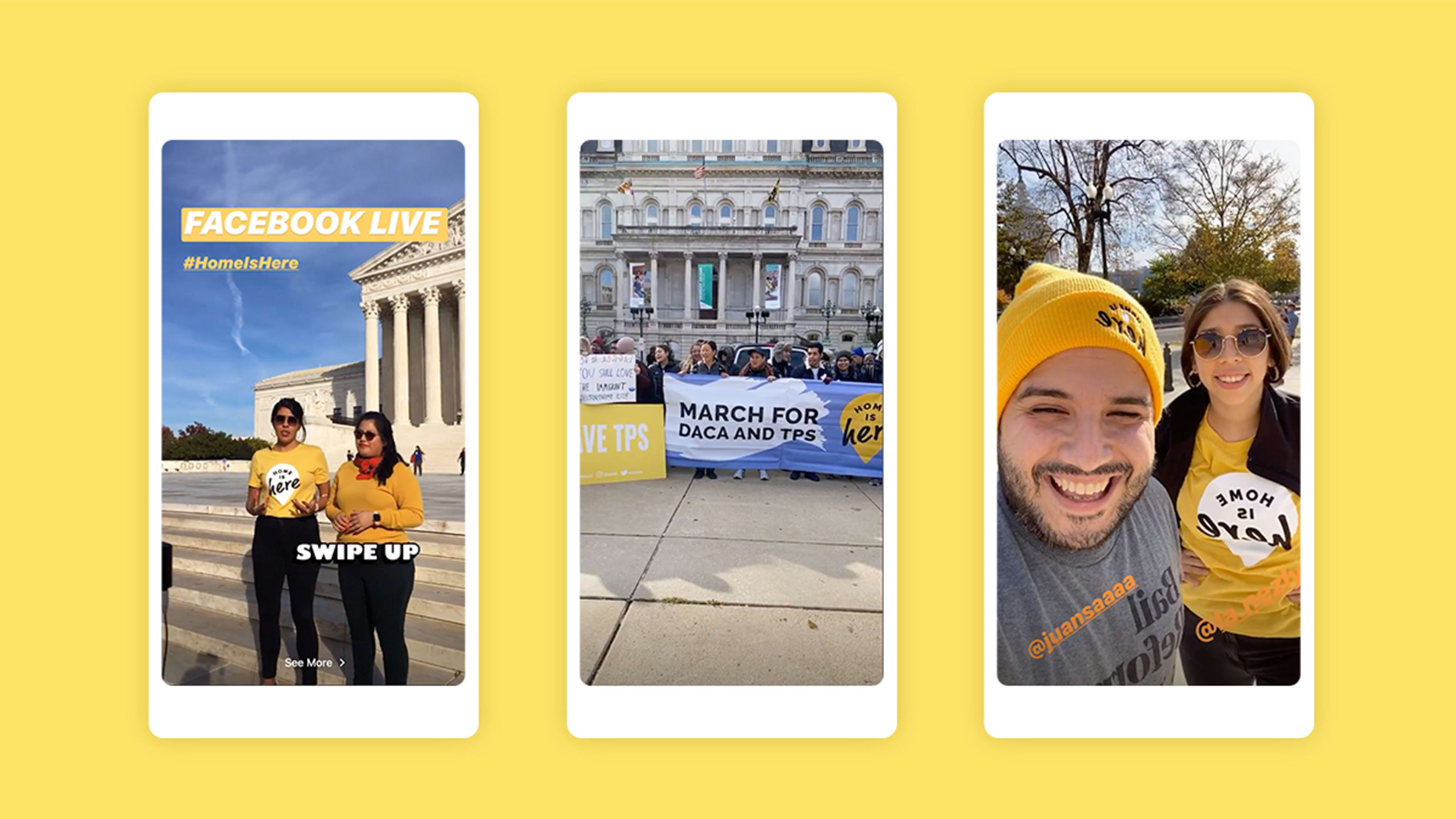The 2012 Deferred Action for Childhood Arrivals, which allows immigrants who came to America as children to receive a renewable two-year period of deferred action from deportation and become eligible for a work permit in the U.S., has become a polarizing topic thanks to anti-immigration groups that have made DACA the focus of their lobbying. Though 1.5 million people share a home with a DACA recipient, also known as “Dreamers,” and DACA recipients themselves pay a collective $8.8 billion dollars in taxes annually, their status in this country remains contested and their lives in the U.S. under threat.
Could design do something to bring empathy to discussions around DACA recipients, who are so often treated as a political chess piece? That’s the idea behind Home Is Here, a new platform designed by the creative agency Blue State and several immigrant rights organizations. The site and campaign are meant to be a resource for information as the Supreme Court that will determine the future of the program, but also a space for storytelling around this human rights issue that affects millions.
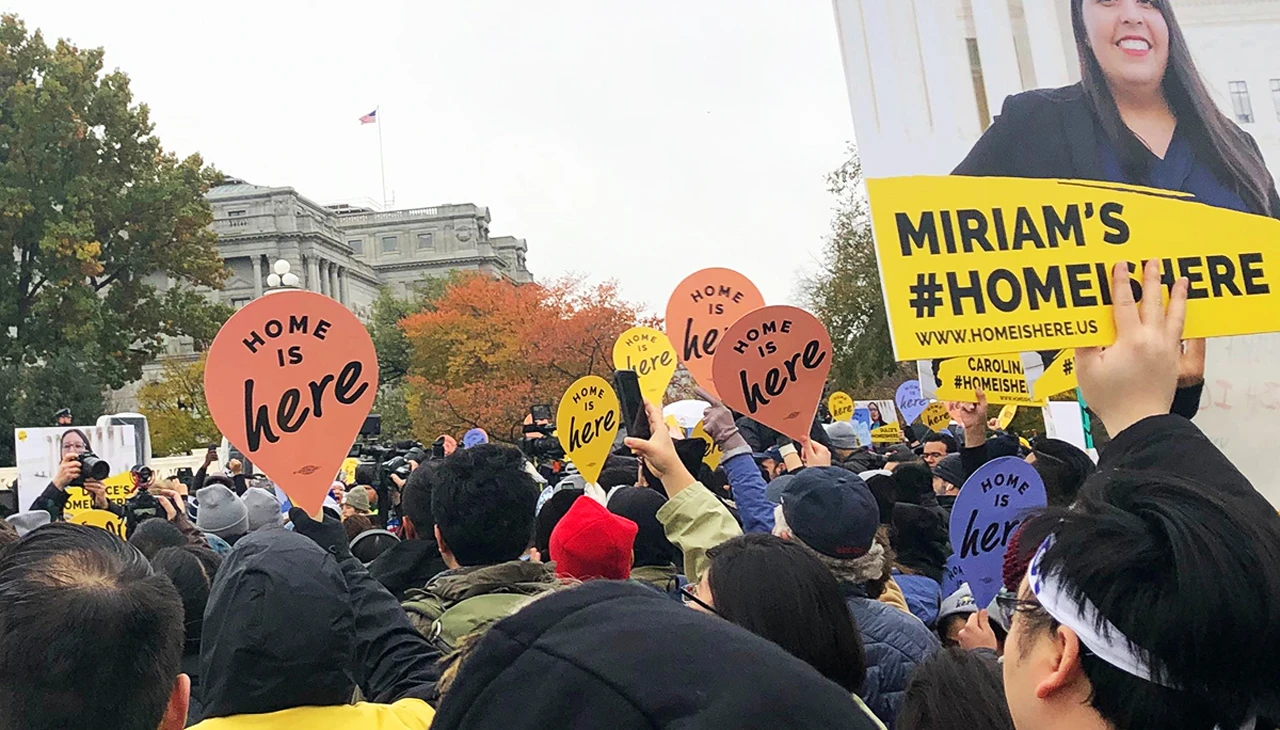
Blue State got its start after its work on the Obama campaign’s digital strategy, which helped elect him in 2008, and Home Is Here reflects the same emphasis on digital storytelling to drive engagement in political issues. On the site, there’s information and resources for DACA recipients themselves, but interwoven are interactive stories highlighting the way the policy—and its uncertain future—is affecting real people. Alongside them, infographics give clear, factual statistics about the law.
“What seems to resonate more with people is hearing personal stories, so that’s something that [our collaborators] came to us with from the very beginning: How can we take those stories and tell them in a way that felt relevant and that we could communicate with some urgency?” explains Sasha Vazquez, Blue State’s creative director. “[We were] trying to find a rallying cry that all the stories would fall under. That led to the name of the campaign—that was something that we felt like could connect to any story that was told.”
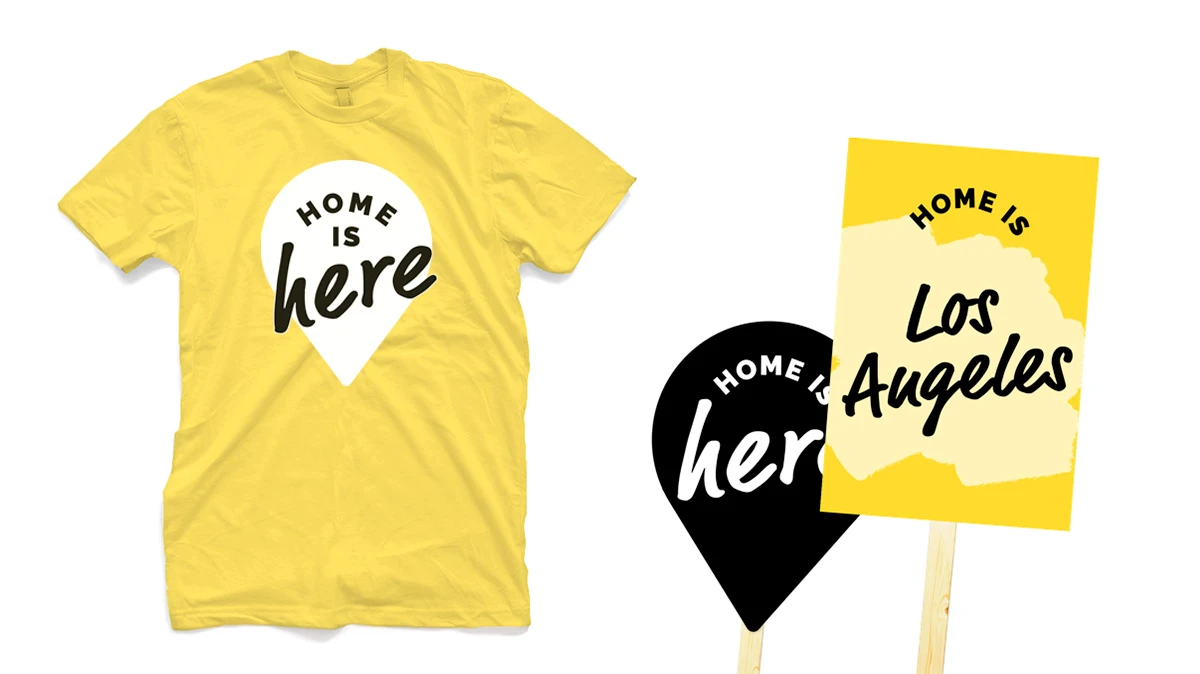
The statement “home is here” is both declarative and emotive. It encourages people on both sides of the political spectrum to engage with the human aspect of legislation. Simplicity and accessibility were key; so was making it easy to share each personal story on social media platforms. “We want to make sure whatever we do that people can relate to it and people can actually access it,” Vazquez says. “We know that the thing that’s going to get anyone to take action is word of mouth.”
The firsthand stories on the website allow visitors to see and hear from people they otherwise might not engage with in their day-to-day life. “We want to feel like we’re creating a sense of trust and honesty—you can’t really communicate that with numbers and data,” Vazquez adds.
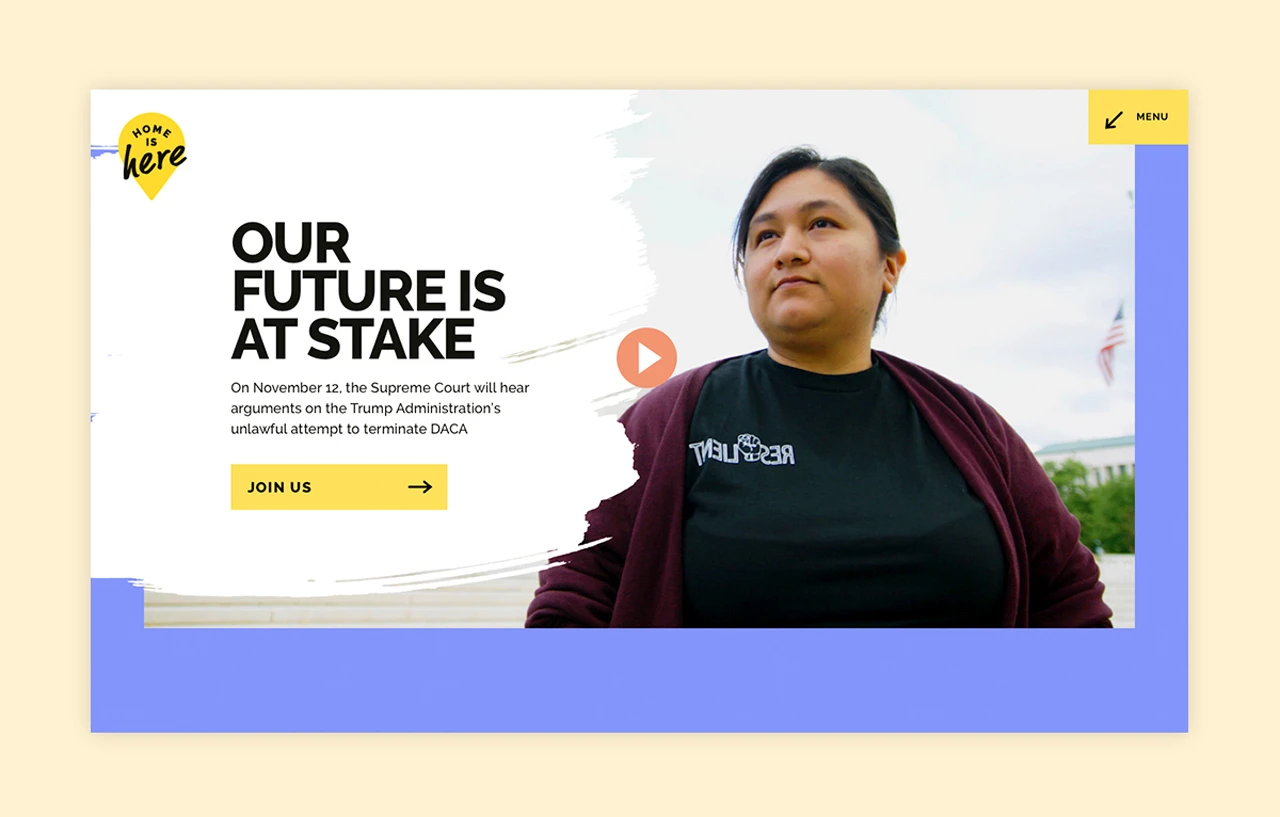
Beyond the individual stories, the campaign’s visual identity became an important way to communicate the intent of the site. Hemly Ordoñez, digital co-chair of the campaign (and head of digital campaigns at FWD.us), and her fellow co-chair Juanita Monsalve, director of digital at United We Dream (the largest immigrant youth-led organization in the U.S.), developed an aesthetic that reflected the communities and cultures they advocate for.
“It was really our belief that we needed to create a campaign with a visual identity that was hopeful,” Ordoñez says. “So much of what the immigrant community has experienced under the Trump administration has been hard . . . we wanted to build something that invoked the bold, warm, empowering, and fierce feeling that we see in our community day in and day out.”
The colors—aspirational periwinkle and sunny marigold—played a big role in expressing that feeling. “[The] color choices were warmer and younger . . . it was apt for us to think about building the sky,” Ordoñez says. Typefaces were selected to reflect a sense of hope, too: “The logo approach had a handwritten touch, so it felt human.” Airbrushed paint strokes, another design element, signify Dreamers and immigrant communities “trying to write their narrative or write their resistance into the history books,” Ordoñez adds.
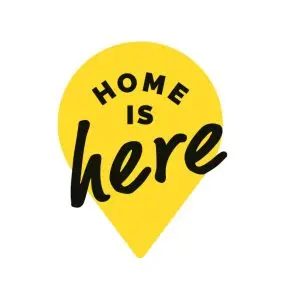
The ideas implemented in the digital space also spilled over to the campaign’s physical spaces, including a rally at the Supreme Court, where physical products could be seen with the Home Is Here logo.
According to Ordoñez, creating a strong visual identity behind political causes such as immigration rights is crucial, so the communities affected by misinformation and bigotry get their voices heard—whether the language is visual or written.
“I think design is important in particular to this moment, but for activism in general, it allows you to fulfill visuals for a future that might not be in your present. To affirmatively have something that’s a pin drop that says ‘home is here,’ regardless of the political conversation on immigration, that’s a really important marker. You can design your own destiny.”
Recognize your brand’s excellence by applying to this year’s Brands That Matter Awards before the early-rate deadline, May 3.
